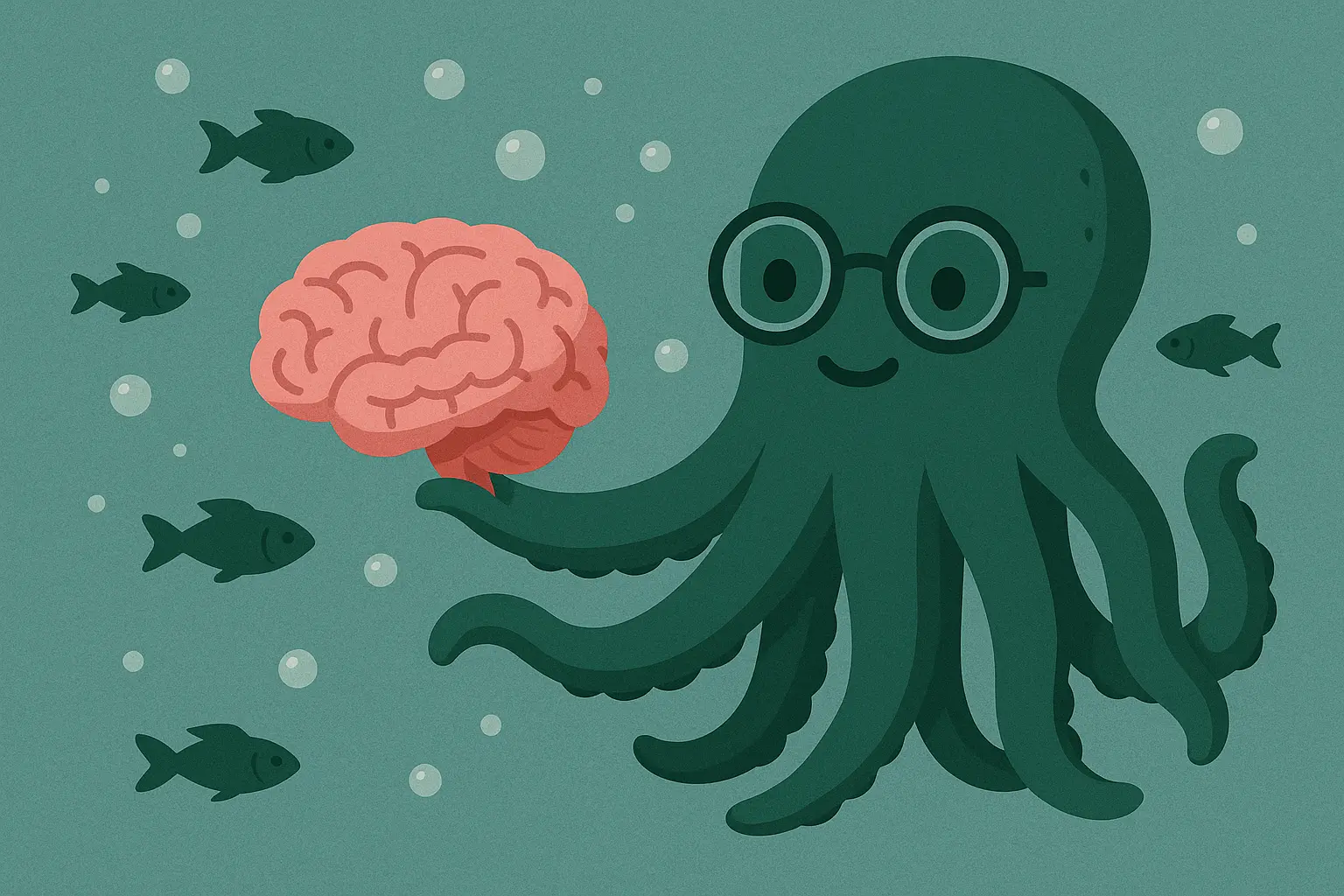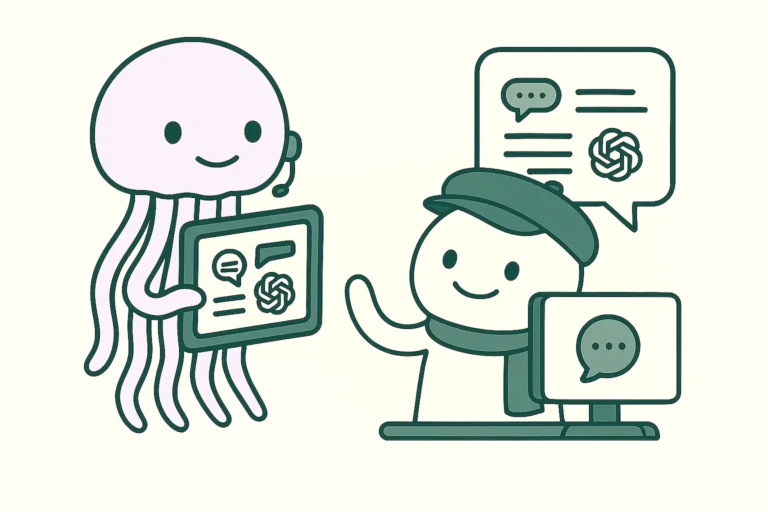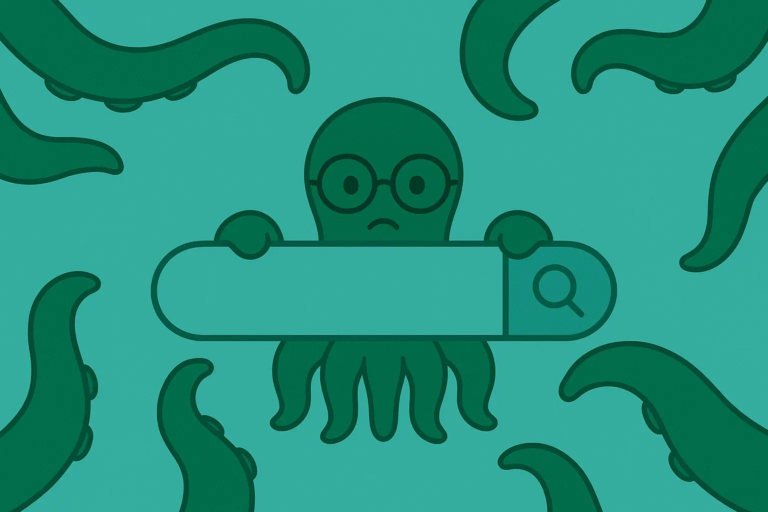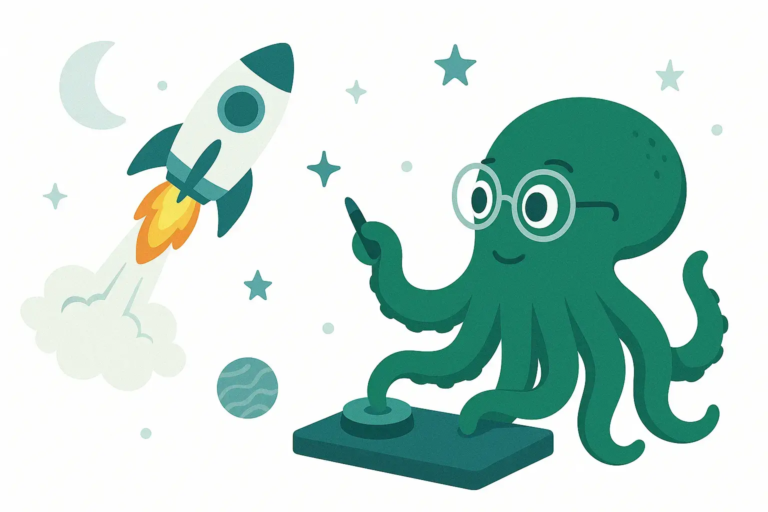How ChatGPT Memory Works: Explained in Simple Terms Anyone Can Understand
Did you know that ChatGPT knows how you would prefer responses to certain messages based on your past conversations?
Isn’t that amazing?
Welcome to ChatGPT memory. Let’s explore it, learn its benefits, understand how it works, and much more.
What Is ChatGPT Memory?
ChatGPT has a memory feature that was introduced in 2024.
Initially, you have to explicitly say things like “Save this” to make ChatGPT save something in its memory. But now, it does that automatically.
So, what exactly is the ChatGPT memory feature?
It’s simply acting like an ordinary memory card…
The only difference is that ChatGPT’s memory doesn’t save just any kind of data on it; it only stores some useful concepts that will help it generate responses that you will love.
For example, if I say, “From now on, always use Grade 6 level of English proficiency to write my social media posts,” ChatGPT will save that in its memory, and it’ll always try to generate responses based on the saved items in its memory.
But here’s the truth: This doesn’t mean the memory feature is perfect.
It’ll surely have some errors. Since no AI tool is perfect, I don’t think a feature can be perfect.
Now that you’ve learned what it is, let’s look at some of its benefits.
Benefits Of ChatGPT Memory
1. Personalisation
When your AI tool can remember how you reacted to a response it gave in the past and try to make future responses better, your chatting experience will be on a different level.
This means you can train ChatGPT to generate responses that are tailored to you, taking all your preferences into account.
2. Time saving
When ChatGPT remembers your preferences, you don’t have to repeat them whenever you want to have a conversation with the tool.
For example, I once told ChatGPT to generate its responses as precisely as possible, and it always does that.
How time-consuming would it be if I had to repeat that any time I send ChatGPT a message? It’d be terrible, right?
3. Sharing the same saved data across chats
When ChatGPT saves something you said in its memory, that saved data will be used across all your chats. What else could you use to achieve that? Nothing, for sure.
Let’s get into exactly how the memory feature of ChatGPT works.
How It Works
Step 1: Data Reading
The first step is that ChatGPT reads your responses and analyzes them.
When it notices that you prefer something to be done in a certain way, it’ll save that in its memory for future use.
As explained, this can be done directly or indirectly.
Here are examples of two versions that’ll both work:
From now on, any explanation should not be more than 300 words. (Indirect version)
Save this: Any explanation should not be more than 300 words. (Direct version)
Step 2: Storing Data in Memory
Once ChatGPT notices anything that is worth saving, it’ll save it in its memory so that it can be used to make future responses better, more natural, and personalized.
Step 3: Using Preferences in New Responses
After ChatGPT has saved the data from your responses, it’ll then use that data to create future responses in a way that you will like.
If the example I gave of indirectly telling ChatGPT to save something were to be used in a ChatGPT account, all future explanations will be no more than 300 words.
Step 4: Deleting the Stored Data in Memory
This is the final step. Here, you can access and delete a preference that you have added to ChatGPT’s memory.
As of now, you can’t delete ChatGPT’s memories within a chat; you have to visit the memory in its settings and delete it there.
Why would you want to delete a memory?
Maybe you typed incorrectly, and you can’t remove that memory within the chat, as I said.
So, to delete a memory, follow these steps:
- Open Settings
- Click Personalization
- Click on Manage memories under Memory
- Choose the memory you want to delete and remove it
That’s all for the steps. Let’s wrap up.
Wrapping Up
You’ve learned about ChatGPT’s memory feature, what it does, and how it works. Let’s have a recap of the major points.
- ChatGPT’s memory feature was added in 2024, and initially, you had to directly tell ChatGPT to save something, but it happens automatically now.
- Its benefits include personalization, time saving, and the shareability of the stored data across all chats.
- ChatGPT’s memory starts by collecting your data that needs to be saved, saves it, uses it in future responses, and you can access the data and delete it in Manage memories.
Haven’t you used an AI tool that doesn’t have a memory feature?
How did it go? You became frustrated, for sure.
Which AI tool did you use that has no memory at all?







